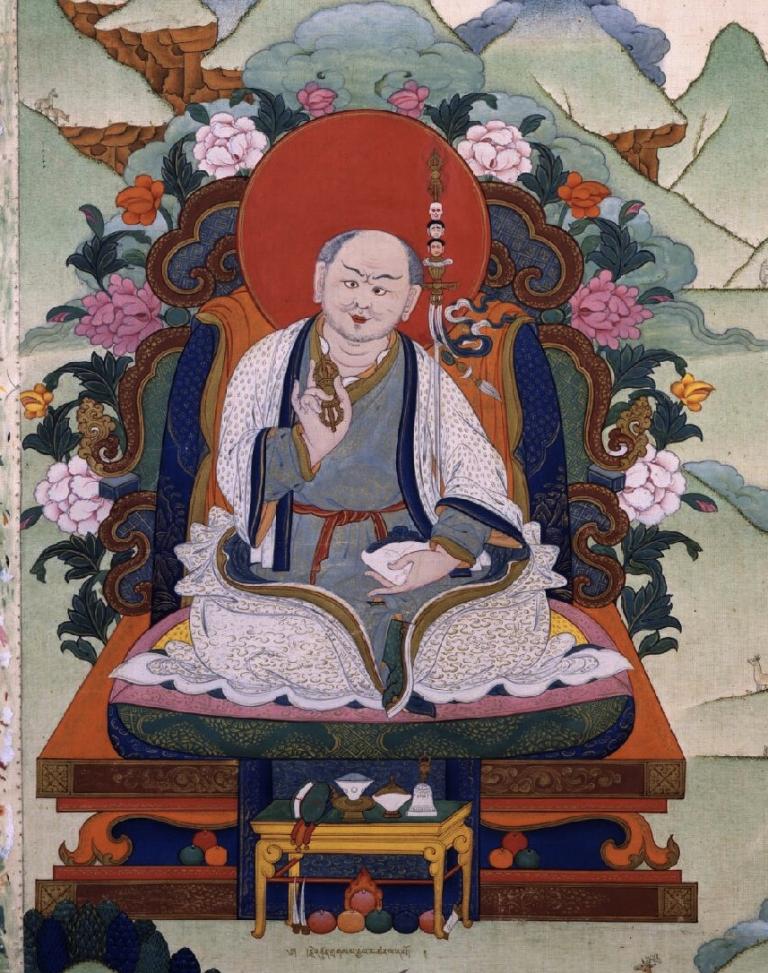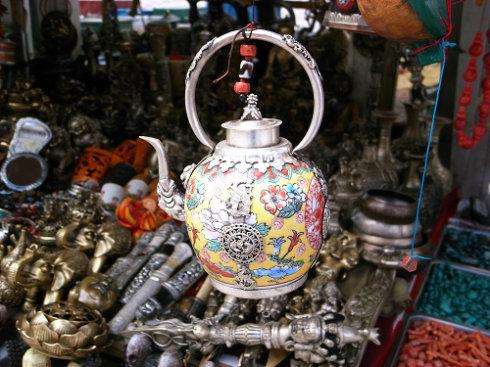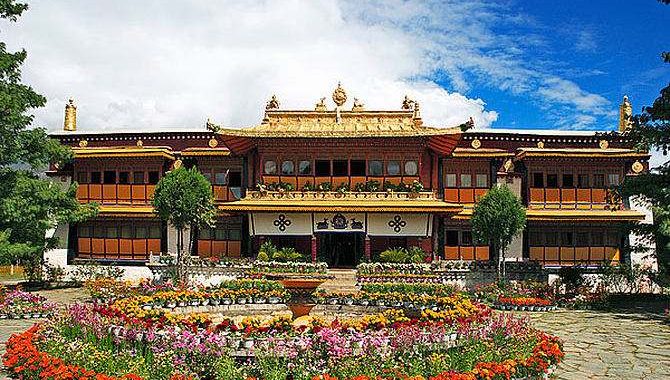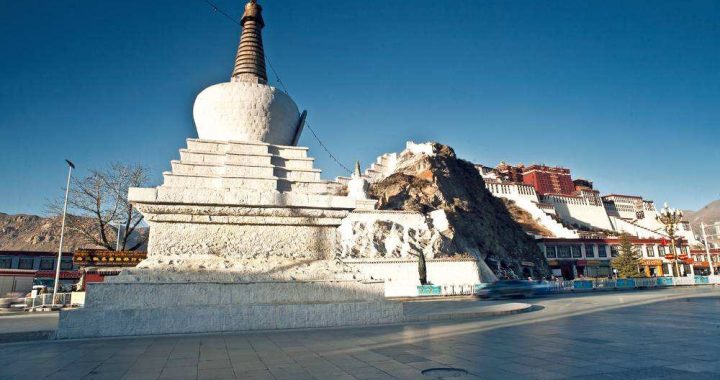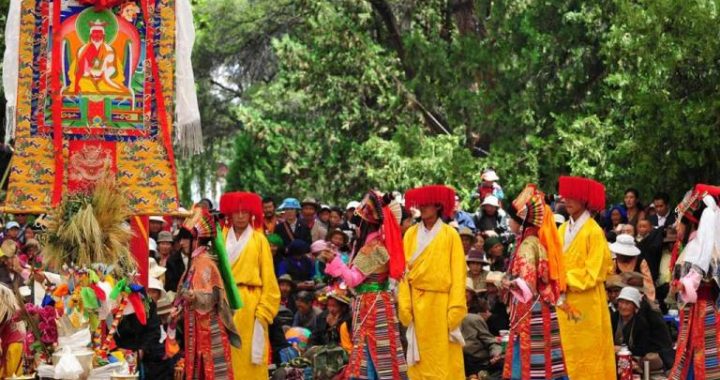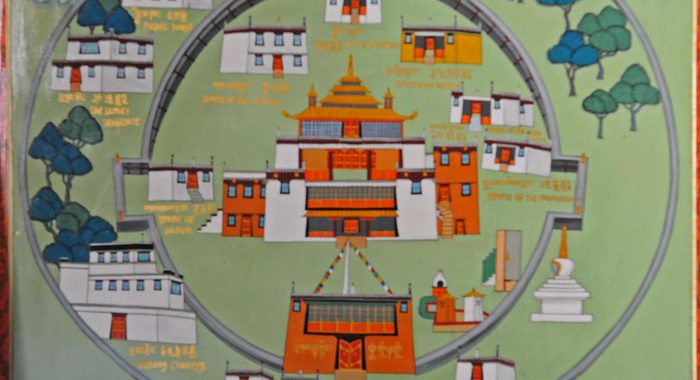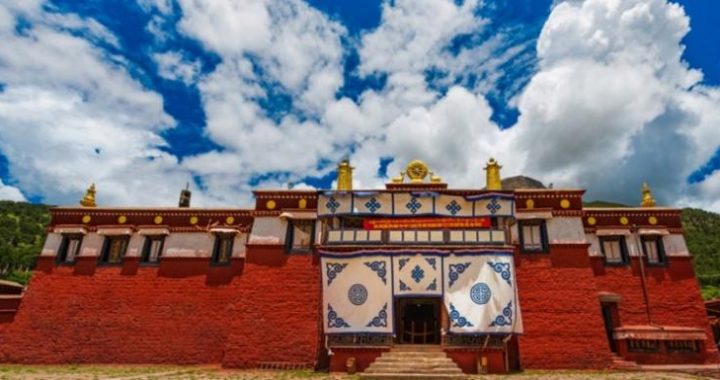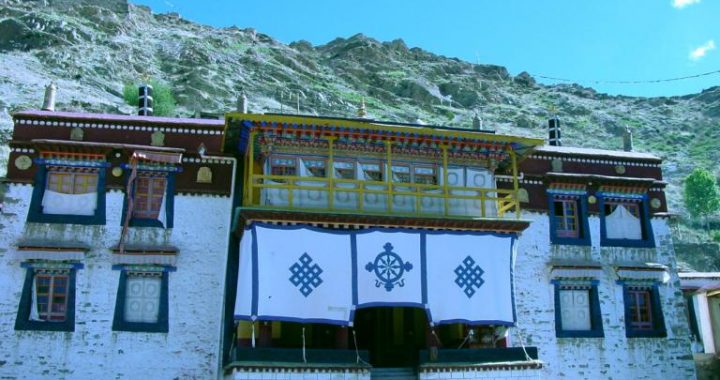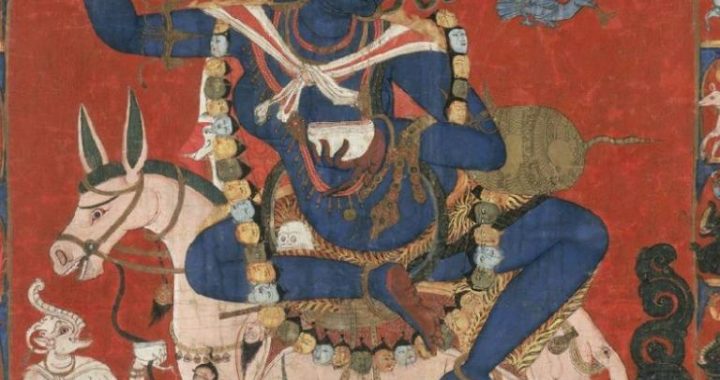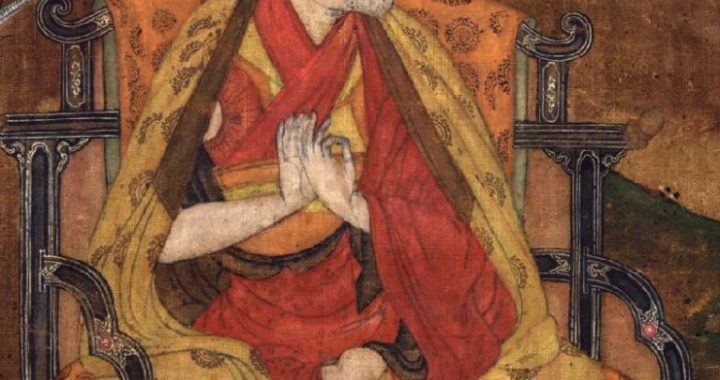The Patriarchal Monastery of Drigung Kagyu Sect: Drigung Til Monastery
3 min readDrigung Til Monastery, also called Chigung Monastery, located at Maizhokanggar County of Tibet was founded in 1179 by Drigungpa Rinchenpal, the founder of DrigungKagyu as the patriarchal monastery of Drigung Kagyu. Drigung Kagyu is also a branch of the four schools and eight branches of Kagyu sect or a branch of Pagtru Kagyu, one of its four minor schools. This sect stresses commandments and holds that the integration of Karma and reality can lead to true voidness and great pity. After 1290 Drigung Kagyu waned, but it still had influences upon religious affairs.
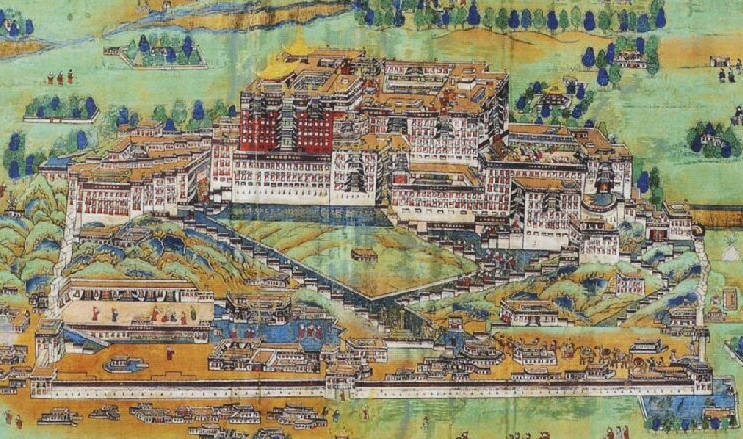
The Drigung Til Monastery consists of the Sutra Hall, Buddhist Chapel, Tripitaka Pavilion, mandala, Protector Chapel and meditation chambers with the most imposing structure being the solemn soul stupa hall. The three-story soul stupa hall enshrines soul stupa of Jodrupa which housed serira of successive patriarches of Kagyu sect, effects of the eight Esoteric masters and 80 householders from India and dozens of gilded bronze stupas of lotuses, Buddhist sutras and so on. Auspicious Multi-Door Temple enshrines the statue of Gye Lama, on its right is a two-story-high clay statue of Yamantaka and a great Bodhi pagoda of gold and silver; in the south is the extremely sacred red throne of Drigung Til Monastery’s Dharmaraja. Protector Chapel enshrines the statues of Jodrupa, Sakyamuni, Nagarjuna and the footprints ofJodrupa, the bronze statue of Drigung Til Monastery’s Dharmapalas plus hundreds ofbronze Buddha statues. The mediation chambers, each with a single wooden door and a small window covering six to seven square meters, are scattered around the main hal1. It is said that now 20-odd Lamas are in meditation.
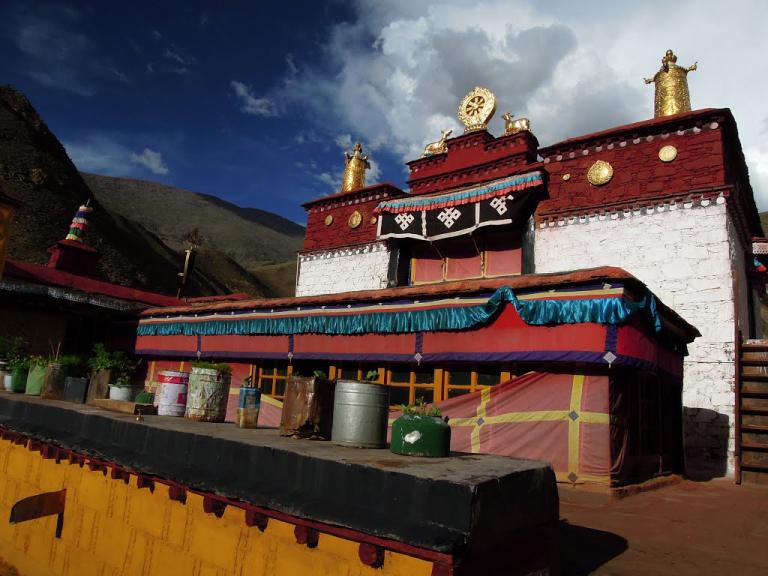
Drigung Til Monastery has its own ceremonies such as meditation, Tantric warming, initiation, Vajranritya dance and the like. As we know, in the four corners of the main hall of Drigung Til Monastery there are meditation chambers where Lamas meditate. The time of meditation may last as long as three years, three months and three days or as short as only three months; those who complete meditation will earn such a title of “Cangpa”. At meditation the Lama can’t go outside and his food is handed in through a small window. Another thing unique to Drigung Til Monastery isTantric warming which is also a ritual of Drigung Kagyu’s Esoteric Buddhism. Up tonow only two monks have a command of Tantric warming-one is Tandzin Nyima and the other isPhachung Rinpoche who passed away in 1990; those who have grasped Tantric warming can dry the cassocks taken out of the freezing water and make the snow on the roof thaw if he practices Tantric warming indoors.
The living Buddha at Drigung Til Monastery can make mortals enter monkhood and get delivered from earthly afflictions by means of initiation. The Buddhism holds that a mortal either enter the three good states of existence or the three woeful states of existence upon death, but through initiation by the living Buddha at Drigung Til Monastery, that is, by making a hole in the dead man’s head, the soul will emerge out of the head and enter the three good states of existence. That explains why many people make light of the long-distance travel to put the deceased to celestial burial. Initiation is unique to Drigung Til Monastery in that only the living Buddha of Drigung Til Monastery can employ it.
Between March 28 and March 29 of the Tibetan calendar Va jranritya dance is performed at Drigung Til Monastery. As of February of the Tibetan calendar, all themonks in the monastery assemble to chant sutras for one month; when the sutras are being chanted, mandalas are made of colorful powder and a human-like monster “1hungar” is made of tsampa(barley flour) with the monster being taken as the embodiment of the dissidents or evils. On March 28 and March 29 the performance is officially staged and the “lhungar”is chopped into pieces and burned, which symbolizes that dissidents and evils have been killed off while the tenets and doctrines serve as weapons to protect the Buddhist followers.
